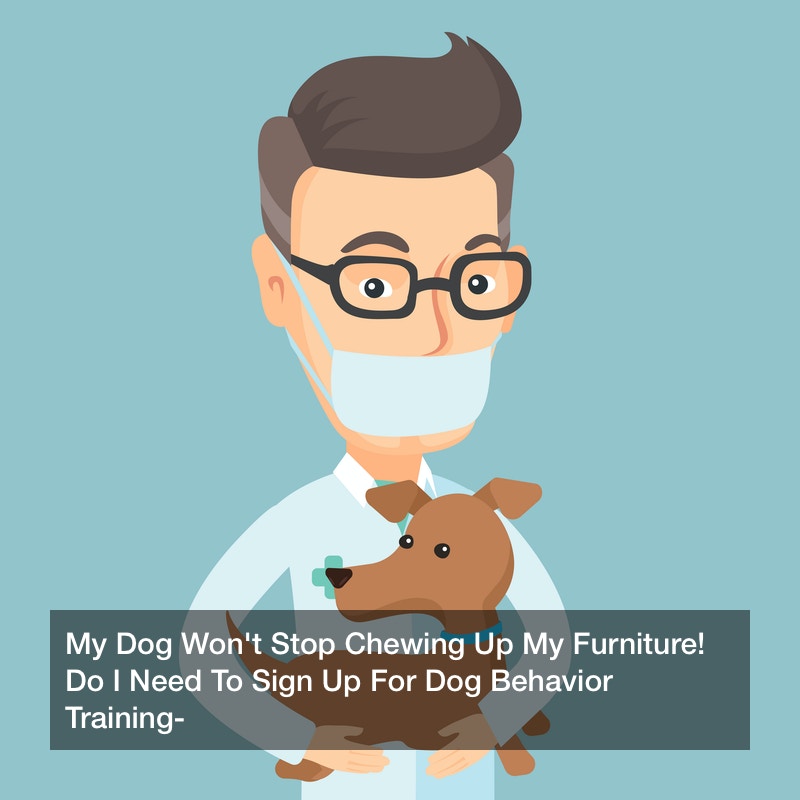Your pet is your sweetheart. They light up your life without even trying. Seeing your
Month: May 2019

As a responsible pet owner, you should always consider your dog’s health. Regular veterinary visits
Owning a saltwater tank aquarium is a fun a hobby and makes a beautiful addition
